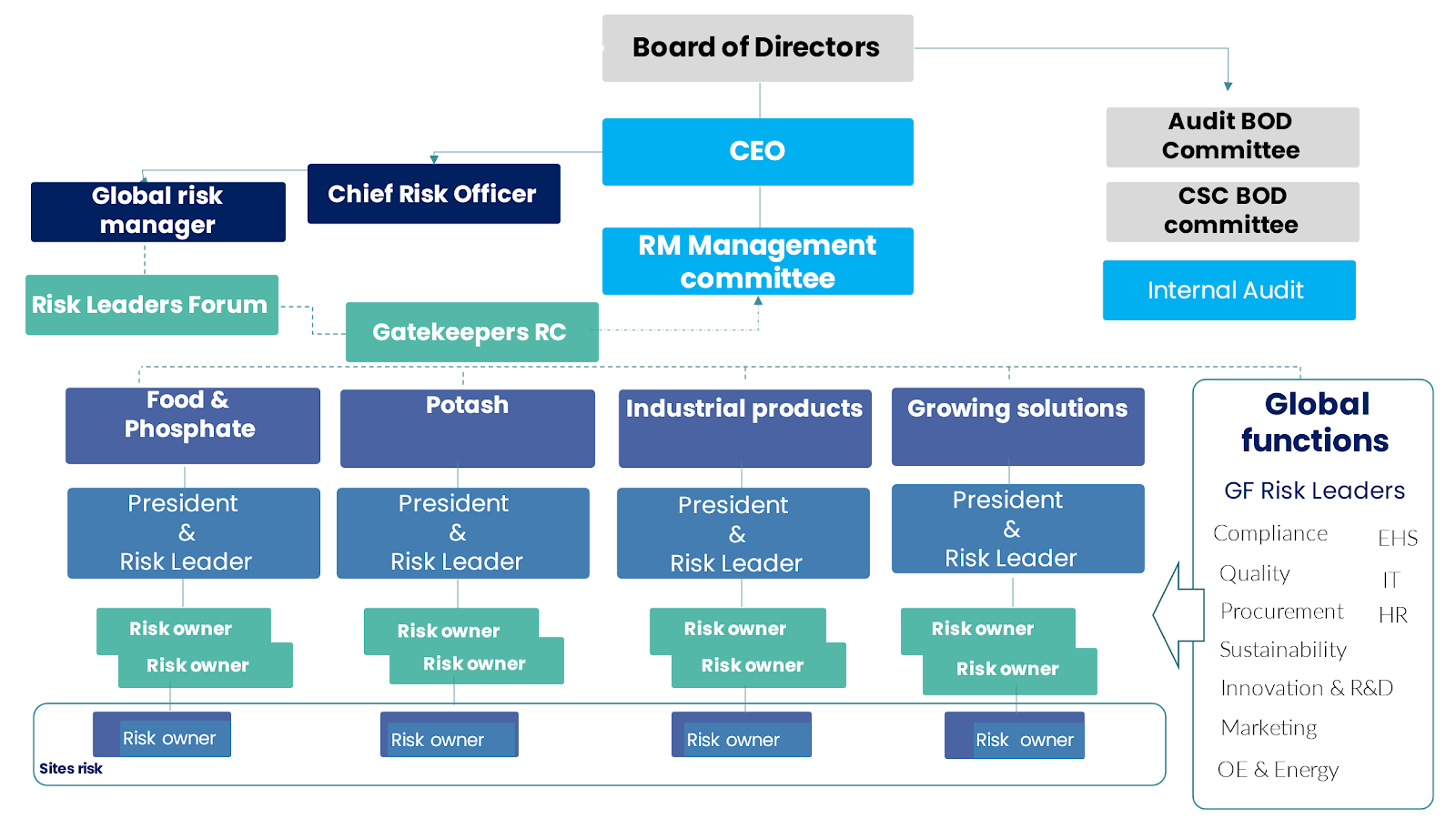As a leading global specialty minerals company, ICL recognizes the vital role our sector plays in facilitating the transition to a low carbon economy through the development of innovative products and services. However, our sector is also a significant consumer of fossil fuel-derived energy and is thus a greenhouse gas emitter, highlighting the need for a transition to net zero. We are committed to identifying and addressing the risks and opportunities that climate change and the low-carbon transition may present.
The impact of climate change is felt across the globe and throughout our value chain. Extreme weather events, for instance, pose a threat to our clients’ food production systems. We are also assessing the potential impact of physical climate-related risks on our own facilities. This issue is a growing concern, not just for governments and non-governmental organizations but also for our stakeholders, including investors, customers, employees, and the public. In response, we are actively aligning our actions to keep pace with the accelerating shift towards sustainability and have integrated climate related risks in our formal ERM processes. We have Included climate related risks in our risk governance structure and in various categories under the ICL Risk Universe (see image above, on ICL climate related governance structure), as physical risks have been integrated on all risk levels.
In addition, we are currently assessing transition risks at both the corporate and segment levels, reflecting our commitment to stay ahead of the rapidly evolving reality of climate change and the low-carbon transition. This approach ensures that we are prepared to manage potential risks and leverage opportunities, as we work towards a more sustainable future.
To learn more about ICL’s TCFD please check out Carbon.
For further information about ICL’s ERM process please see “Item 4 – Information on The Company — B. Business Overview – Task Force on Climate-related Financial Disclosures (TCFD)” of ICL’s 2022 Annual Report.









